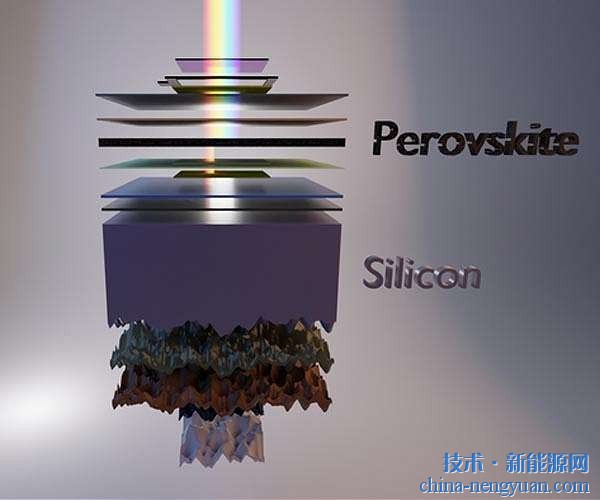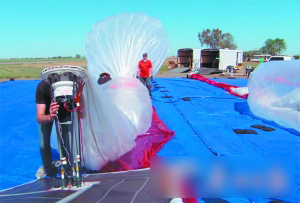 |
A hot air balloon used by Google to provide a WIFI network on the South Island of New Zealand.

The staff is preparing to fly a hot air balloon.
Internet services have become an integral part of everyday life for urban populations. However, at present, there are still two-thirds of people in the world. Because of the complex terrain such as forests and mountains, they cannot use fast and stable Internet connections. Therefore, Google has launched a hot-air balloon network program to use high-air balloons to build huge buildings in remote regions around the world. Mobile communication network.
Google this week released 30 translucent balloon balloons resembling jellyfish on the South Island of New Zealand, sending signals along the way to test this large-scale plan to increase the popularity of the Internet.
Solar panel power supply
The power of these hot air balloons comes from a solar panel suspended below the sphere and it takes 4 hours to fully use the electricity needed to fly for a day. When the hot air balloon is flying, the ground network station will send the signal to the hot air balloon. These signals bounce all the way and pass between hot air balloons. Each hot air balloon will provide web services for approximately 1,250 square kilometers (approximately two New York City locations) and will not be affected by the terrain.
The first person to join Google Hot Air Balloons this week was Nemo, a farmer in the small town of Leestown. Another 49 local residents voluntarily participated in the test. Although living in developed countries, Nemo, like many rural residents around the world, cannot use broadband networks. He switched to a satellite network four years ago but could hardly afford to pay more than $1,000 a month.
Google said that in the next phase of the experiment, it hoped that up to 300 hot air balloons could be connected from New Zealand to Australia, Chile, Uruguay, Paraguay and Argentina, forming a circle at 40 degrees south latitude.
It is reported that the hot air balloon network program is Google's efforts for 18 months and was developed by the Google X Lab, which develops driverless cars and Google glasses.
Alternative fiber optic cable
Google said that at present they have established a system to send hot air balloons carrying various computers and electronic equipment to an altitude of 60,000 feet (about 18 kilometers), to provide 3G networks equivalent to current ones in remote areas or more. Fast internet connection.
Google finally intends to launch thousands of hot air balloons to the stratosphere, serving 4.8 billion people without access to the internet. If successful, countries can expect to save the high cost of installing fiber-optic cable, which can significantly increase the network population in Africa and Southeast Asia, fill the blind spots of network services, and can also help the disaster-stricken areas to restore the network.
Pave the way for selling low-cost phones
For Google, building a balloon-based wireless network has strategic significance. In the United States, Google has always been committed to using the Google Fiber project to increase the speed of the Internet, and to provide Internet access services to under-served overseas users through blank-band technology. It is Google’s long-term goal to provide Internet services for as many users as possible. Balloon-based networks can help. Some analysts have pointed out that Google will use this network to widely deploy the economies of scale of older, cheaper handsets and bring about another outbreak of Android.
Some analysts said that Google is most likely to adopt the 3G technology standard on this network, rather than 4G. This is to reduce costs, but also to take into account the cost of user replacement machines.
Expansion And Shrinkage Reducing Agent
Expansion agent is added to compensate the shrinkage of cement at early stage or later stage along the hydration process. For different requirement, different types of expansion agent are recommended, such as CSA expansion agent or expansion agent to control the plastic shrinkage.
cement expansion agent,plastic shrinkage control,expansion agent for non-shrink grout,expansive agent for cement,shrinkage compensation additive
Shanghai Na Long Tech Co., Ltd , https://www.na-long.com